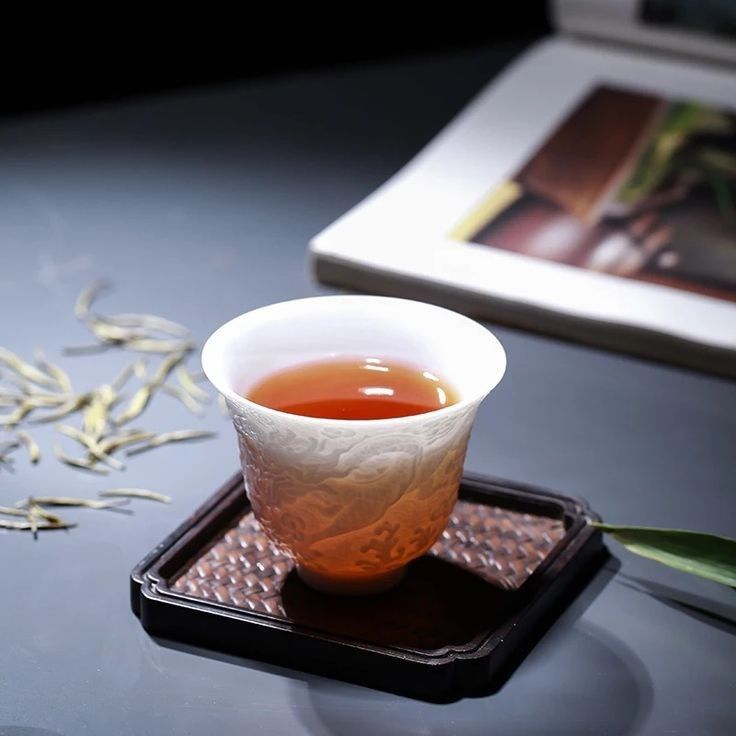In the vibrant world of Chinese dining, tea is more than just a beverage—it’s a special journey that connects diners to an ancient culture. As a newcomer or aficionado, stepping into a restaurant becomes an exploration of diverse selections and delightful experiences. The cup of tea served isn’t merely a drink, but a gateway to understanding the rich traditional dining rituals that have been carefully navigated through times.
China’s home to varieties of tea that tell stories of love and ancient traditions, transforming every meal into an integral experience. From natural to blended options, these hot beverages are consumed with a wonderful precision that makes each restaurant visit unique. Whether you’re in an average eatery or a popular dining outlet, the 5 key types of tea represent more than just a customized drink—they embody a world of exported cultural experience that is both important and famous.
Jasmine Tea
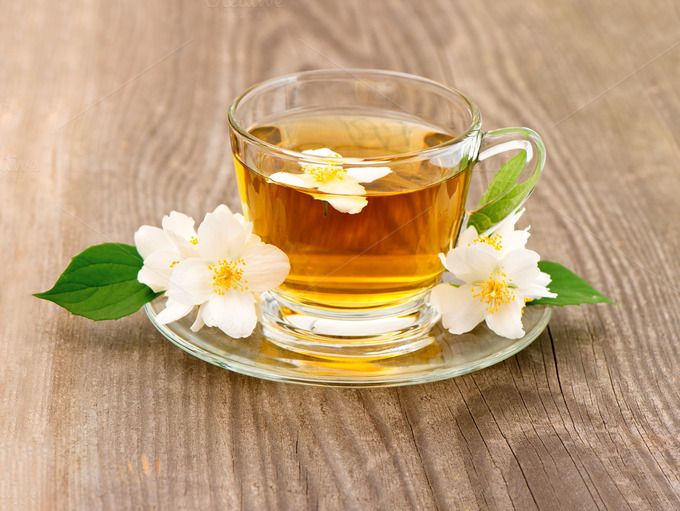
In the Chinese cuisine landscape, jasmine tea stands as a delicate beverage that transforms ordinary dining into an extraordinary sensory experience. Blending green tea leaves with fragrant flowers, this unique tea creates a refreshing and soothing flavor that pairs perfectly with dim sum and seafood dishes. The smooth aroma is so strong it can withstand even robust food flavors, making it a popular choice in restaurants. What is the tea used in chinese restaurants?
Crafted through a simple yet distinct brewing process, jasmine tea is more than just a drink—it’s a customized delicacy that tells a story of culinary artistry. Sometimes adorned with decorative flowers, this perfumey and flowery beverage offers a wide range of sensory delights. While it might seem bitter to some, its absorbed scent and unique character make it a most intriguing type of tea that continues to matter in Chinese dining traditions.
Tie Guan Yin Tea
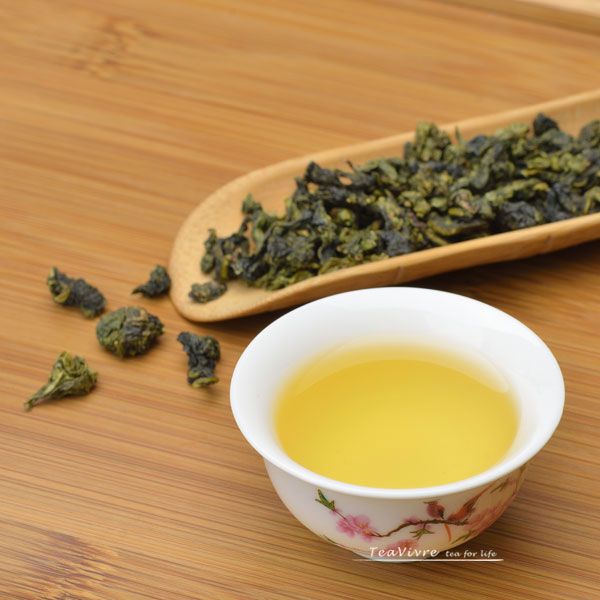
In the sophisticated world of Chinese restaurants, Tie Guan Yin, also known as the Iron Goddess of Mercy, emerges as a premium tea with a complex flavor that dances between green and black tea traditions. Hailing from Fujian Province, this oolong variety offers a subtle and smooth experience that makes it a wonderful choice for beginner enthusiasts. Its flowery aroma and sweet, lingering aftertaste make it versatile enough to complement seafood and stir-fried delicacies. What is the tea used in chinese restaurants?
The tea’s liquor is distinctively thicker, presenting an unscented yet elegant profile that sits between minimally and fully oxidised varieties. With its light appearance and carefully processed leaves, Tie Guan Yin represents a kind of tea that is considered one of the best in restaurants, offering a level of sophistication that transforms ordinary dining into a nuanced culinary adventure.
Pu-erh Tea
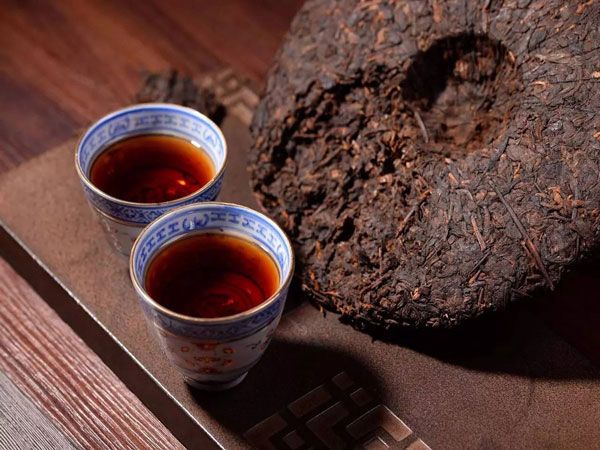
Pu-erh tea, born in Yunnan Province, stands as a robust and earthy delicacy that transforms heavy meals into digestive adventures. Grown and cultivated in China, this aged and fermented beverage offers a distinct flavor profile that ranges from deep and rich to milder and smooth. With two primary kinds – raw and ripe – it’s mainly served in selective high-end restaurants as a sought-after tea type that promises more than just a drink.
The popular Pu-erh reveals its magic through post-fermentation, creating a thick texture that’s known for its ability to break greasy food’s fatty chains. Its sweet and musky taste supports digestion, making it an oily meal’s best friend. Exported across the globe, this expensive yet one of the most intriguing types of tea transforms dining from mere eating to a rich culinary experience. What is the tea used in chinese restaurants?
Chrysanthemum Tea

In the vibrant landscape of Chinese cuisine, Chrysanthemum tea emerges as a herbal infusion that transforms ordinary dining into a sensory journey. Dried flowers steep to create a golden-hued liquor with a light, subtly sweet flavor that whispers of ancient healing traditions. This aromatic beverage brings more than just taste—it offers cooling properties that dance perfectly when paired with spicy dishes, making it a refreshing companion for those seeking balance.
Chamomile of the East, as it’s affectionately known, provides a unique solution for diners wanting to avoid caffeine and heat. Chinese restaurants showcase this tea as more than a drink—it’s a natural remedy that helps combat inflammation resulting from fried food. Its delicate essence represents a cuisine that understands the intricate relationship between nourishment and wellness, inviting diners to prefer a beverage that cools and comforts. What is the tea used in chinese restaurants?
Dragon Well Tea (Longjing Tea)
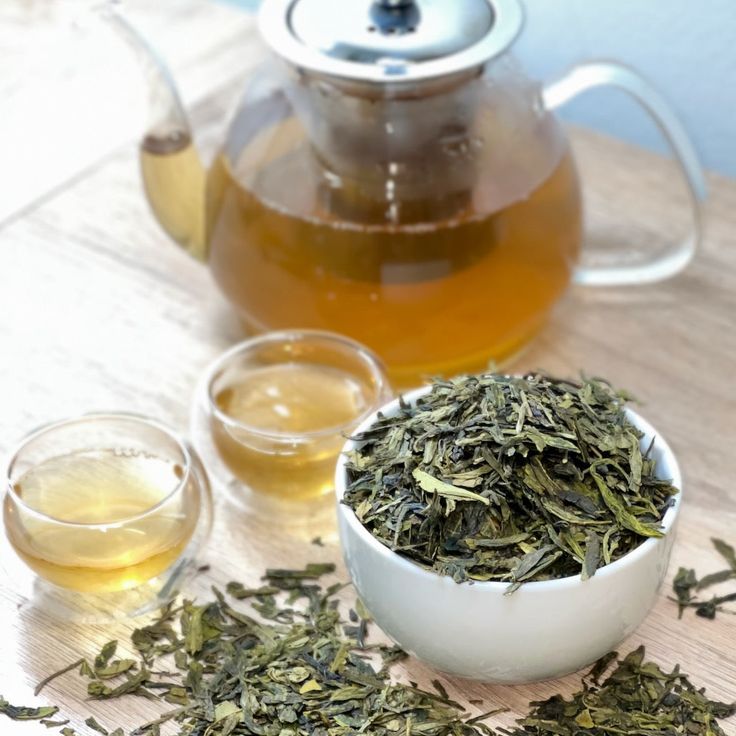
Native to Hangzhou, Dragon Well tea represents a rich history of Chinese culinary elegance. Its flat, slender leaves unfurl elegantly in hot water, creating a golden-green infusion that tells a story of centuries-old brewing traditions. The tea’s grassy, mellow essence with a slightly sweet undertone makes it an ideal companion for vegetarian dishes and green desserts.
Each sip of this Longjing reveals a delicate dance of flavors that complement the nuanced world of Chinese cuisine. The tea transforms ordinary dining into an extraordinary sensory experience, inviting diners to explore a beverage that is as much about cultural heritage as it is about taste. What is the tea used in chinese restaurants?
Oolong Tea
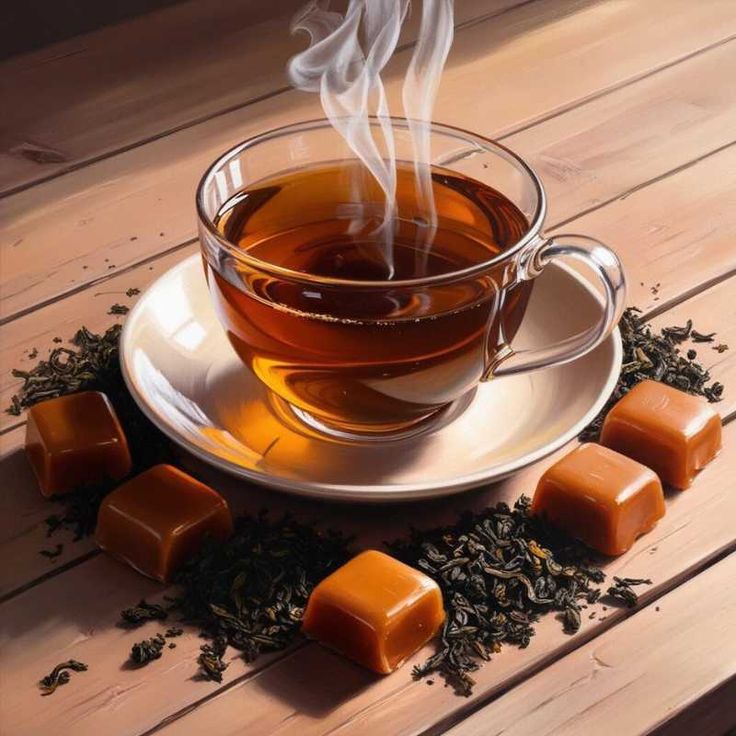
In Chinese restaurants, oolong tea holds a special place, offering a complex array of flavors that delight the senses. This tea is partially oxidized, striking a balance between green tea and black tea, making it perfect for anyone who loves a diverse range of tastes. The tea’s aromas range from floral and fruity to roasted and earthy, catering to various preferences. Its unique profile is why oolong teas are favored by many, particularly when paired with hearty dishes. For instance, a cup of oolong tea complements the richness of Peking duck or braised pork, creating a harmonious dining experience.
What makes oolong tea even more appealing is its resemblance to black tea, but with a slightly lighter color and less bitterness. It has a distinctive roasted aroma paired with a woody, musky flavor that adds depth to every sip. Whether you are savoring it alone or alongside a meal, the balance of flavors in oolong tea offers a refreshing and satisfying experience, perfectly suited for the Chinese dining culture.
Conclusion
The tea served in Chinese restaurants is not just a drink but an integral part of the culinary experience that reflects centuries of tradition and culture. From the delicate floral notes of jasmine tea to the rich, earthy depths of Pu-erh tea, each variety offers a unique journey for the senses. Whether it’s the light and floral Tie Guan Yin or the cooling properties of Chrysanthemum tea, every selection plays a role in enhancing the flavors of the dishes it accompanies. Oolong tea, with its perfect balance between green and black tea, serves as a versatile option for many. These teas go beyond just quenching thirst—they are an embodiment of Chinese culture, providing not only flavor but also health benefits and a deeper understanding of Chinese dining rituals. Exploring the tea offerings at a Chinese restaurant is a delightful way to connect with the rich heritage of China while enjoying a satisfying meal.
FAQs about Tea in Chinese Restaurants
1. What is the most popular tea served in Chinese restaurants?
The most popular tea served in Chinese restaurants is Jasmine tea, which is known for its delicate floral aroma and refreshing taste. It pairs well with a variety of dishes, especially dim sum and seafood.
2. What is the difference between oolong tea and black tea?
Oolong tea is partially oxidized, giving it a flavor profile that falls between green and black tea. It has a complex range of tastes, from floral to roasted, while black tea is fully oxidized, resulting in a stronger, bolder flavor with more bitterness.
3. Why is Pu-erh tea considered special?
Pu-erh tea is special because it is aged and fermented, giving it a rich, earthy flavor. It is known for its ability to aid digestion, making it a perfect accompaniment to heavy, greasy meals.
4. Is Chrysanthemum tea good for health?
Yes, Chrysanthemum tea is often considered beneficial for health. It is known for its cooling properties, helping to relieve heat and inflammation. It is also caffeine-free, making it a soothing choice for those looking to relax.
5. Can I drink Tie Guan Yin tea with any meal?
Yes, Tie Guan Yin tea is a versatile choice that can complement a wide range of dishes. Its light, flowery aroma and smooth taste make it a great pairing for seafood, stir-fries, or even as an afternoon refreshment.
Explore more : hadokin



